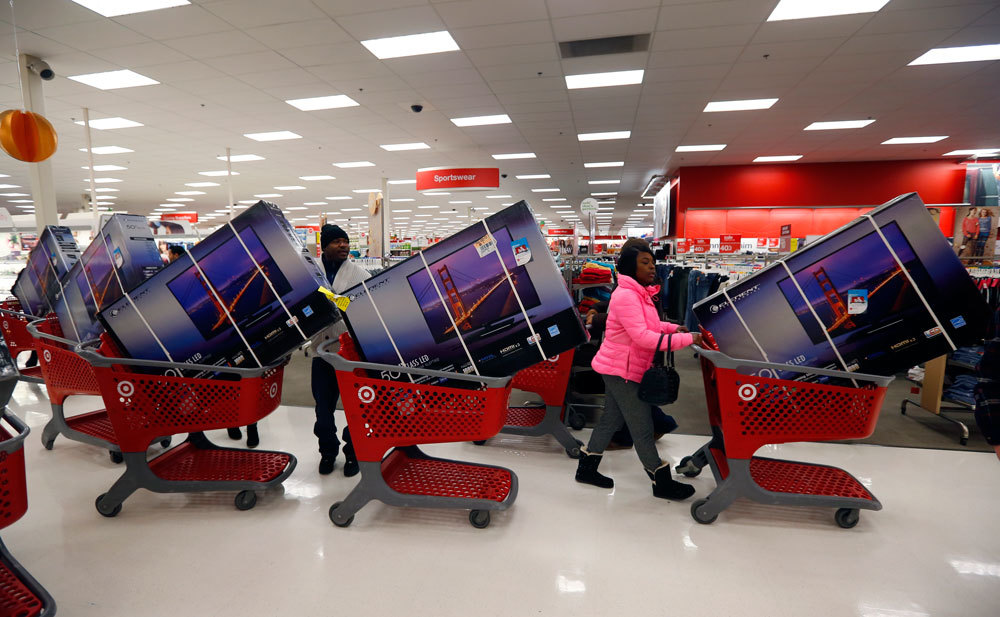Fashion
How Vestiaire is improving fashion treasure hunts with AI

These types of specific product searches are common among secondhand shoppers. While someone shopping at a traditional retailer might be looking for a dress, bag or shoe to solve a specific occasion or function, the Vestiaire shopper is more likely looking to find a pivotal piece from fashion history. Forty per cent of all orders on Vestiaire Collective come from text searches, the company reports, and customer searches often include very specific designers and categories; nearly 45 per cent of these are more complex than simply the combination of a brand and category, Vestiaire reports.
The “hunt” for a specific piece is a top way in which people shop Vestiaire Collective, says Fanny Moizant, Vestiaire Collective co-founder and president. “People come on to the platform with a precise vision of the item they’re looking for, but often a seller’s descriptions may be too brief or lack the key words to help them find it.”
Other resale platforms are looking to AI and technology to help connect buyers with product listings. Poshmark CEO Manish Chandra recently told Vogue Business that parent company Navar’s advanced AI capabilities, including search and recommendations, will be particularly useful. (It also just partnered with Coach’s Coachtopia on an “instant resale” tech that autofills more complete product listings.) Ebay recently added AI-generated product listings, recommended prices, shipping costs and product backgrounds. Hardly Ever Worn It is using an AI chatbot from Sociate to guide customers to desired products.
More AI upgrades are in development. Later this year, Vestiaire will add image search, enabling people to upload images to find matching or similar items. This is the same type of technology used by Pinterest and Google to find shoppable items that match uploaded pictures, and it’s especially helpful in fashion and style, where people will often use different words to describe the same aesthetic. Its forthcoming price recommendation system for people listing items will incorporate data not just on the age or wear and tear of a product but on how many are available and how hot a specific brand or designer is at the time, Bittner says.
There’s also an opportunity to further personalise recommendations, based both on past shopping history and current behaviour, Bittner adds, and pulling from more than 10 years of data. “We are sitting on so much data to educate algorithms. I’m not saying it’s easy, but we have a huge amount of historical pieces that at some point entered our platform, and that is the big driver of educating our algorithms.”
Comments, questions or feedback? Email us at feedback@voguebusiness.com.









